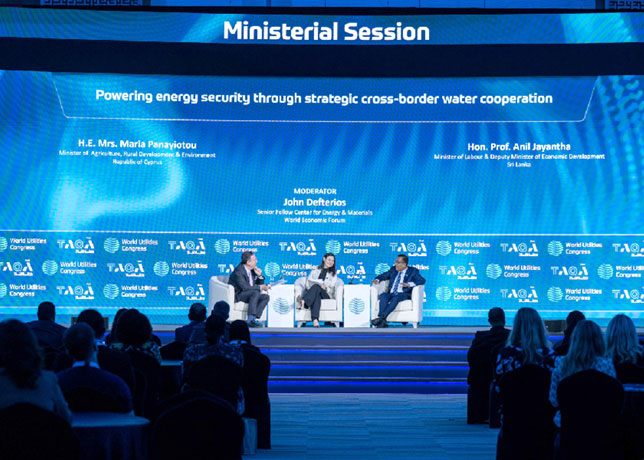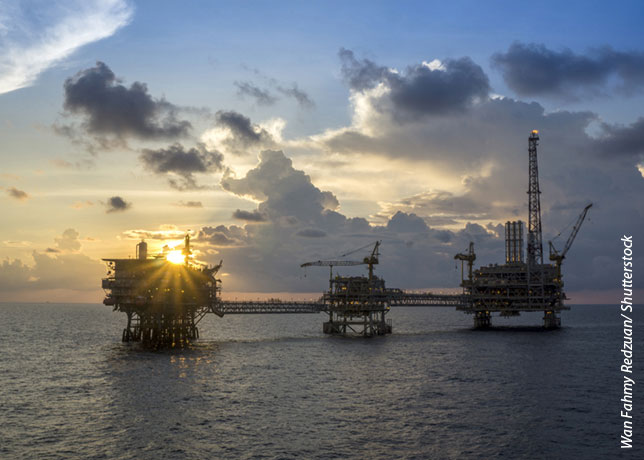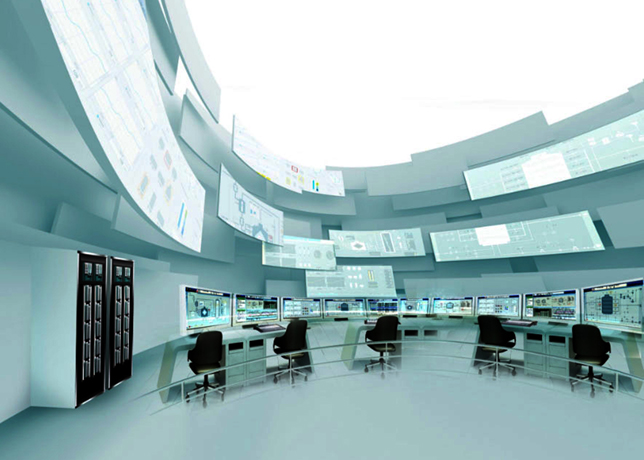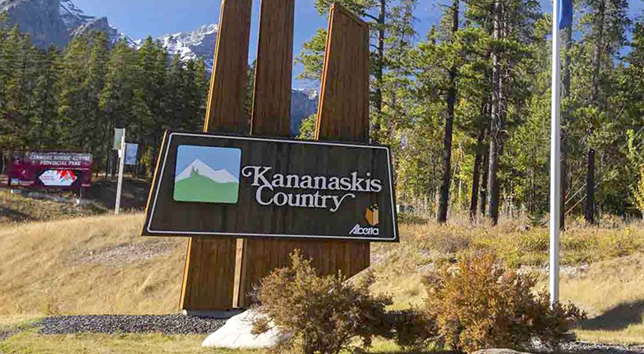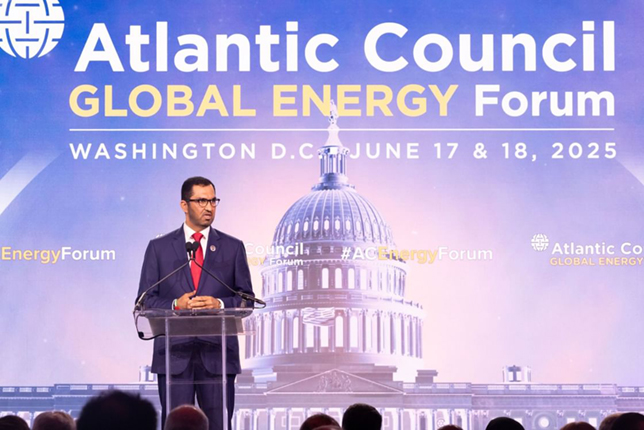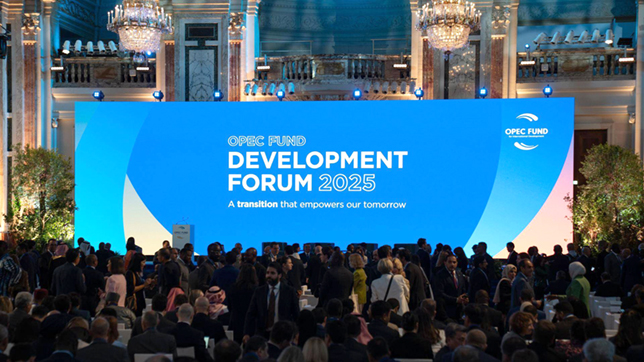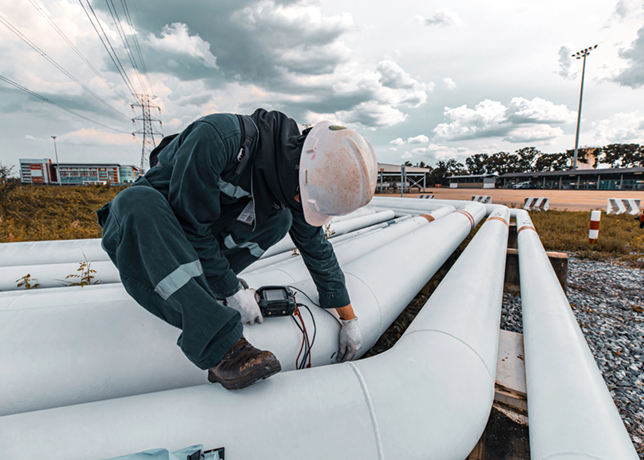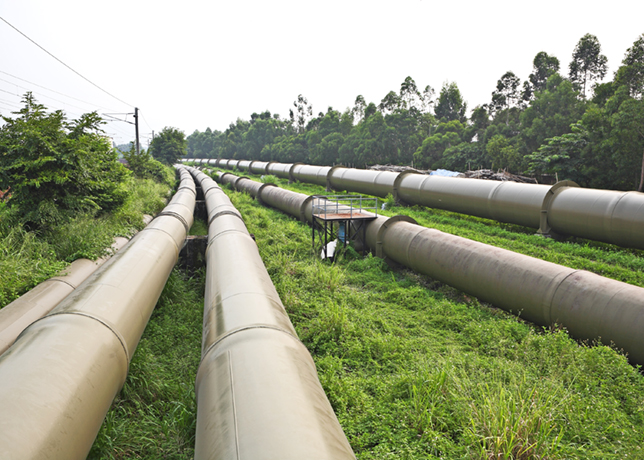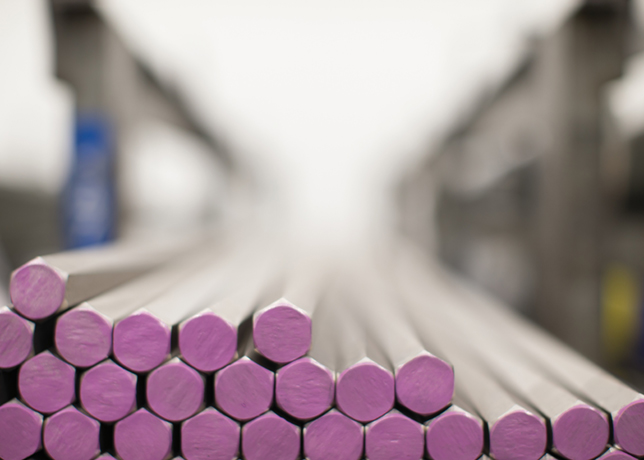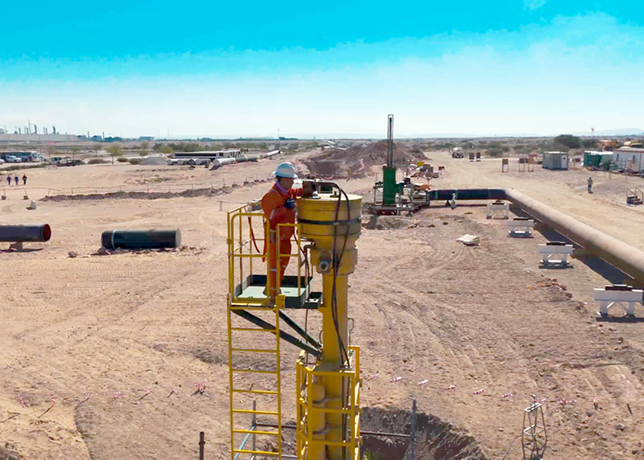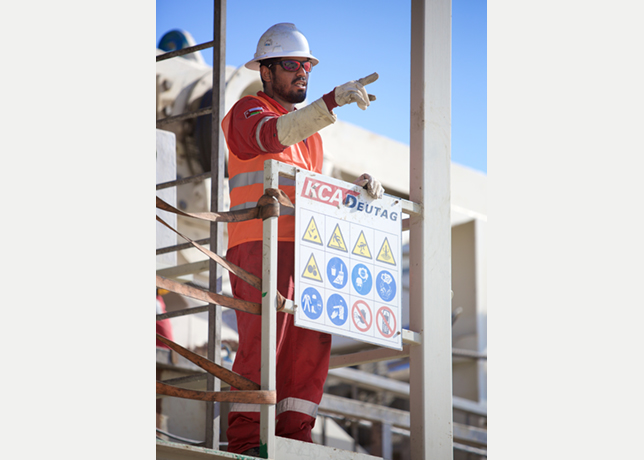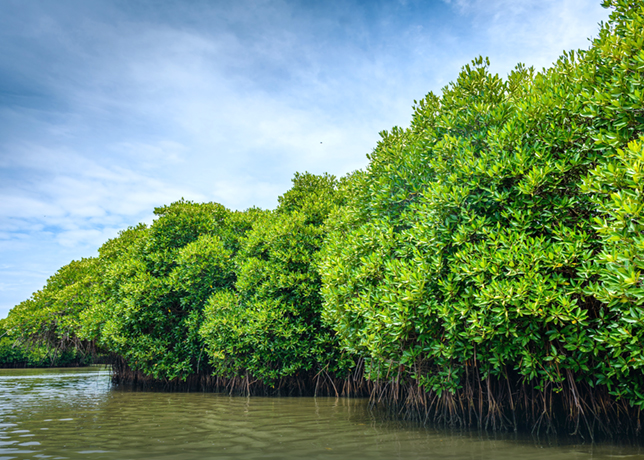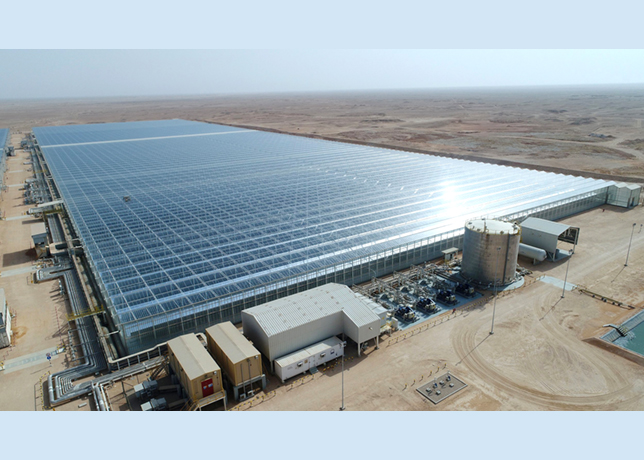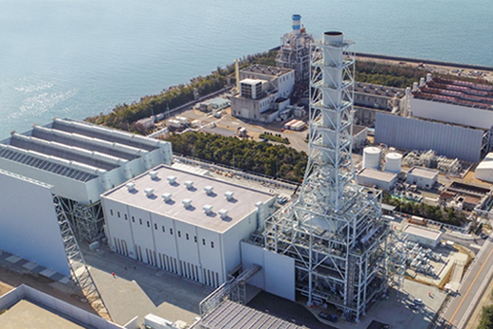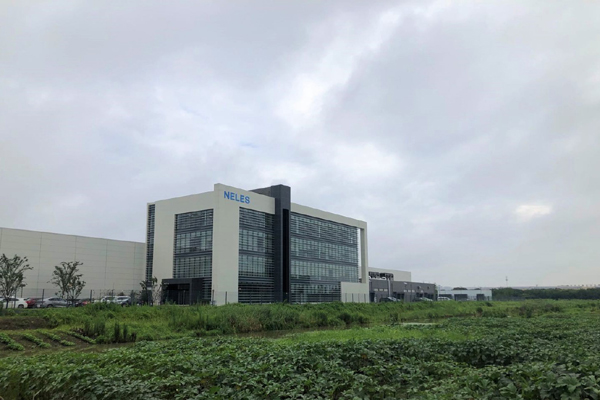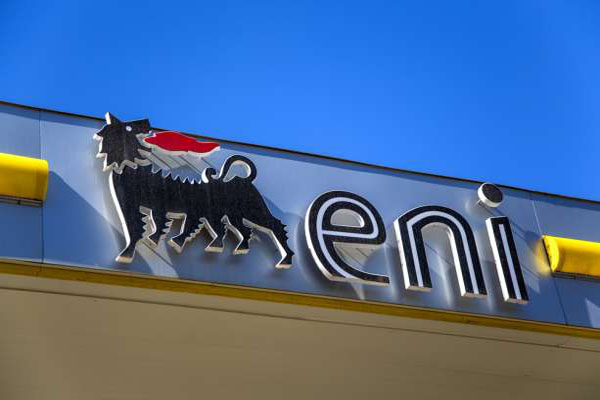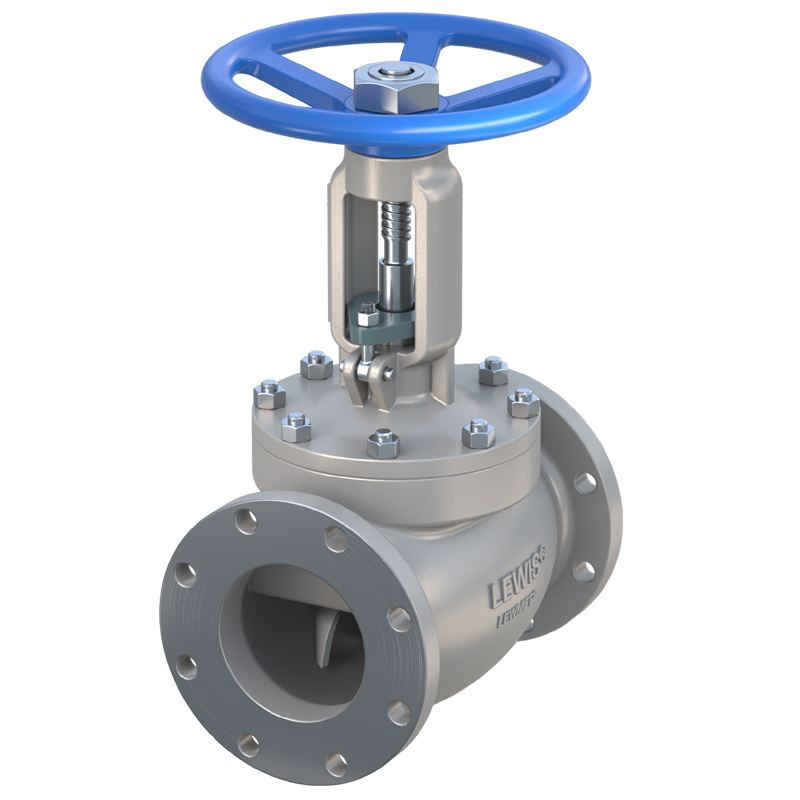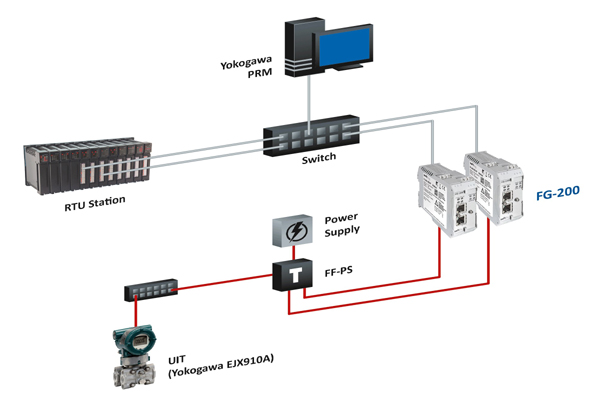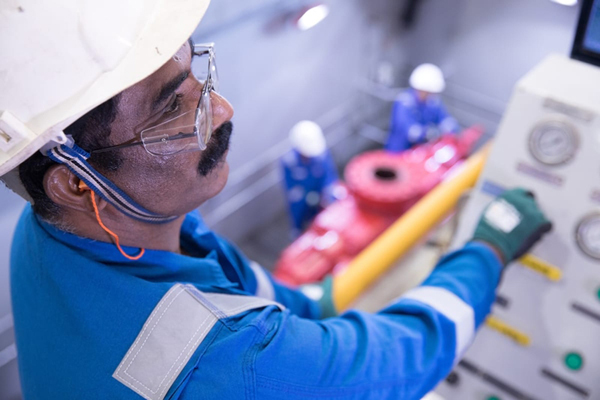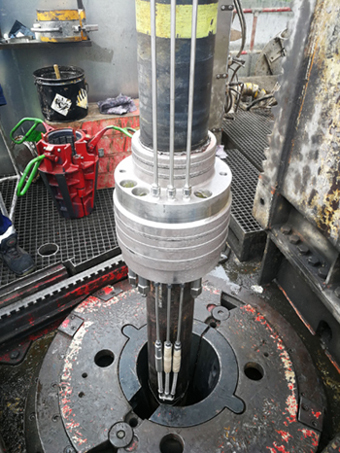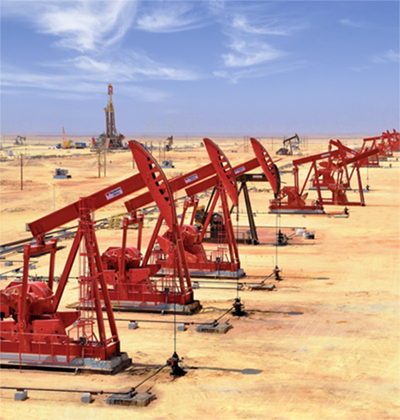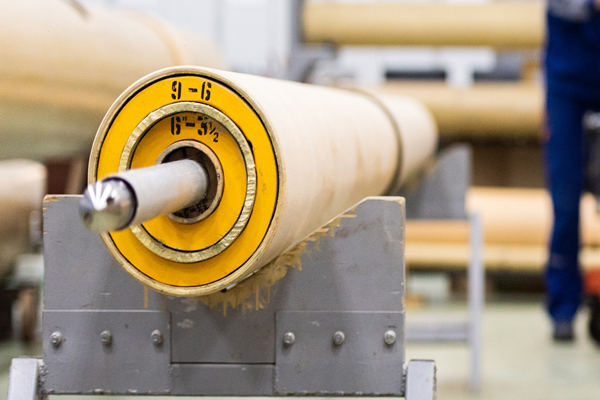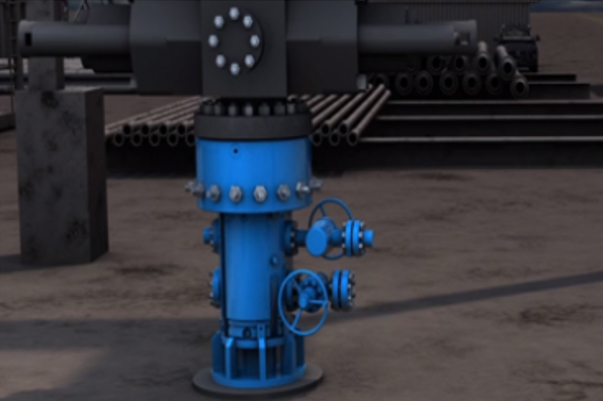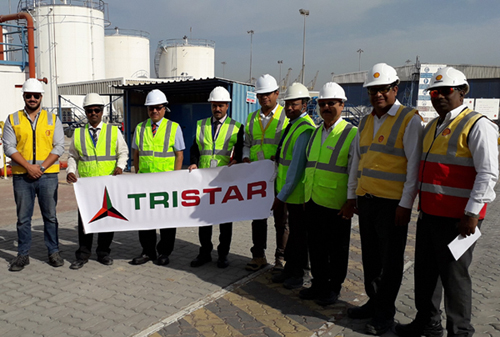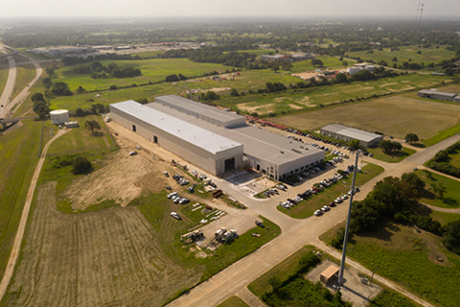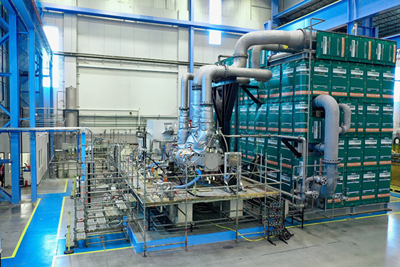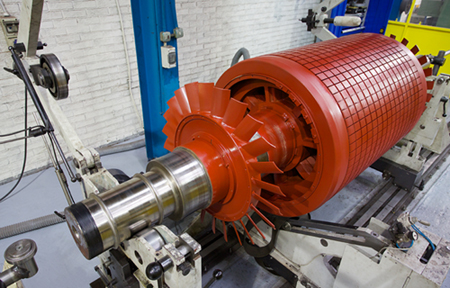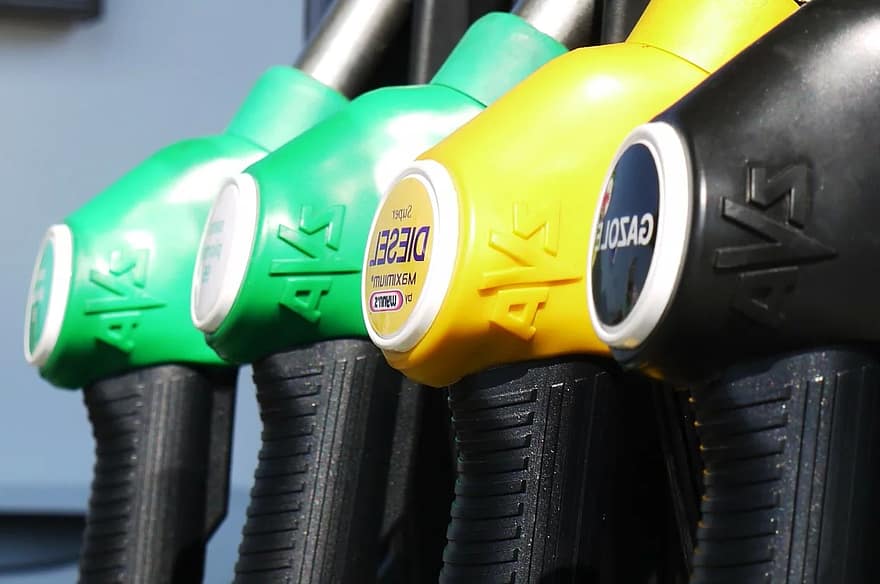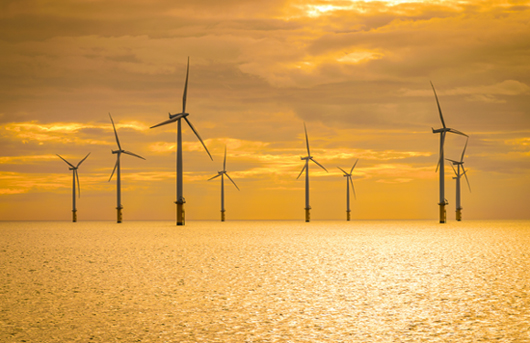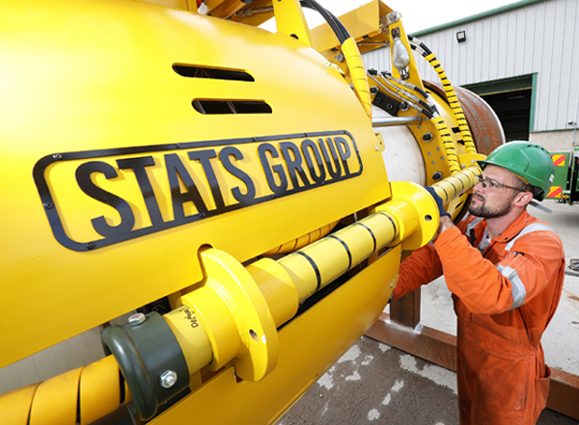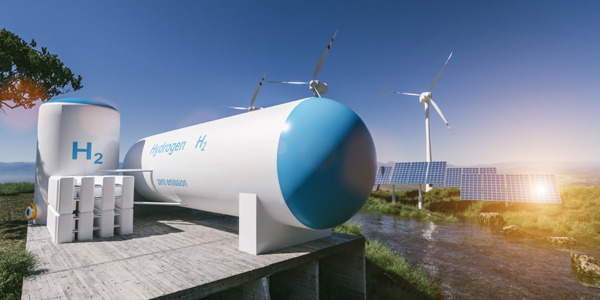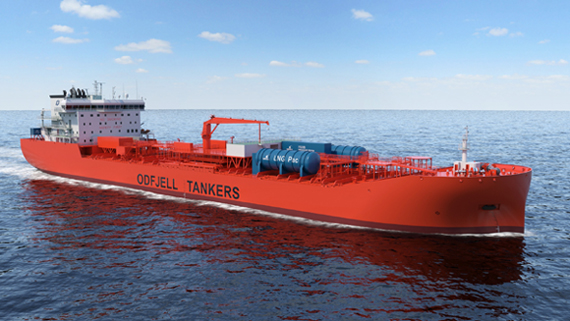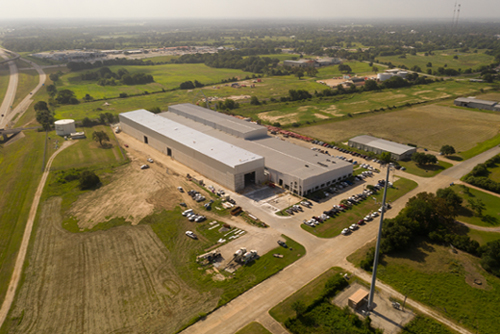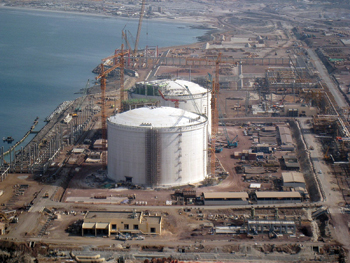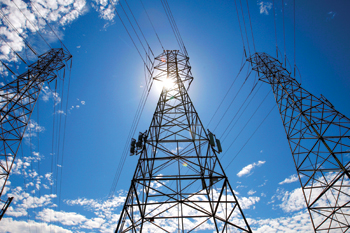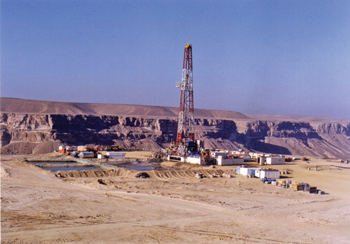
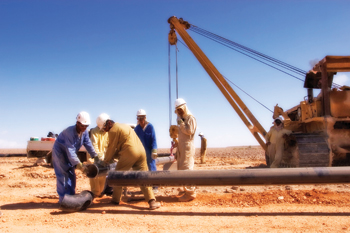 Yemen’s energy sector … caught up in a turmoil
Yemen’s energy sector … caught up in a turmoil
THE energy base of Yemen is very small compared to its size with a population of over 25 million and relative to the other countries in the Arabian Peninsula. Its sources of energy are oil and natural gas. The use of gas has risen more rapidly than oil. Because of Arab Spring upheavals in the country since February 2011 and a drought, Yemen is in deep economic depression.
Despite the depression, Yemen’s oil consumption in 2014 is expected to average 160,000 barrels per day (bpd) of crude oil equivalent, compared to a June 14 production average of 199,000 bpd. A major part of the liquid fuels’ use is supplied by Saudi Arabia in the form of aid.
Domestic consumption of natural gas in 2014 is expected to exceed 48 billion cubic feet (bcf), up from 45 bcf in 2012, 43.8 bcf in 2010 and about 36.5 bcf in 2008, as production of this clean fuel has risen sharply to feed an LNG export venture. Yemen’s electric power generation capacity is a little over 2,000 megawatt (MW).
OIL EXPORT INCOME TUMBLES
Yemen’s oil income – which in recent years used to account for 76 per cent of all export revenues – has declined sharply since 2010. As a result, Sanaa depends heavily on aid from Saudi Arabia and the US. Other GCC states are helping financially and in the supply of goods free of charge.
Yemen earned just $671 million from exporting crude oil in January-May 2014, nearly 40 per cent less than in the same period last year, and the central bank’s foreign asset reserves have shrunk to $4.6 billion, the lowest level since end-2011.
Yemen’s income from oil exports tumbled by over 64 per cent to $73.4 million in May from a year ago, due to attacks on an export pipeline, data showed.
Sanaa’s finances have deteriorated as it has been caught in a nationwide fight against Al Qaeda in the Arabian Peninsula (AQAP) in the militants and other rebel groups. It has suffered power cuts and petrol shortages with the government struggling to pay public sector salaries and finance food and energy imports. It relies on crude oil exports to finance up to 70 per cent of its budget.
Financial aid from abroad, which has been slow to arrive, has become a lifeline for Yemen, the second-poorest Arab nation after Mauritania. Sanaa is hoping to seal a long-discussed $550 million loan from the International Monetary Fund (IMF) this year that could help unlock more donor funds.
A decline in oil income means economic disaster as it represents about 90 per cent of Yemen’s exports and 70 per cent of the state budget. The fall in output, exports and income is caused mainly by sabotage by local tribes and AQAP.
Yemen is divided into 105 blocks having different sizes, with 13 yielding oil and non-associated gas operated by 12 ventures – all by one under EPSAs.
There are 26 other blocks under exploration including three awaiting ratification. The remaining 66 are open. Four of the producing blocks depend on one of two crude oil export pipelines; this ends at the Red Sea’s Ras Issa terminal. The other runs in the restive province of Hadhramaut.
The Ministry of Petroleum & Mineral Resources (MPMR) is trying hard to keep both pipelines and the gasline operating, with three Yemeni Armed Forces (YAF) divisions defending them. The YAF command depends on the US war against AQAP, still present mainly in the provinces of Abyan and Shabwa.
Yemen’s crude oil and condensate output on June 14, 2014, averaged 199,000 bpd, up from 151,000 bpd on June 9, 2012, and a peak of 531,100 bpd in the first half of 2002. Yemen’s crude oil exports on June 14 averaged about 100,000 bpd, up from 91,000 bpd on June 9, 2012, compared to 150,000 bpd in June 2010, 180,000 bpd in June 2008 and over 430,000 bpd in the first half of 2002.
Yemen’s capacity to produce natural gas has risen over 400 per cent since 2009 to 3,200 million cubic feet per day (mcfd). The bulk of this is liquefied into 6.7 m t/y of LNG, with the plant at the coastal area of Balhaf on the Gulf of Aden in restive Shabwa province consisting of two 3.35 m t/y trains.
These run at full capacity if the gas feed pipeline reaching them via Shabwa is not sabotage. This artery depends on the situation in south-eastern Yemen, where Neo-Salafi AQAP militants operate, as it runs all the way from the Ma’reb and Jannah blocks to Balhaf. The Total-led JV Yemen LNG (YLNG) has frequently suffered stoppages due to sabotage in these areas.
Fuel imports, mostly from Saudi Arabia and Abu Dhabi made up of crude oil and refined products partly given free of charge and partly sold at discounted prices, on June 14 averaged about 60,000 bpd of crude oil equivalent. Domestic 2014 use of fuels is set to average about 160,000 bpd of crude oil equivalent. Fuel imports in the first four 2014 months cost Sanaa $975 million, up 9 per cent for the first four months of 2013.
THE OIL REFINING SECTOR
Yemen has an oil refining capacity of 120,000 bpd from two ageing plants. Both refineries require upgrading to produce higher quality fuels. But lack of funds has delayed such projects.
The refinery in Aden, operated by Aden Refinery Co (ARC), has an operational capacity of 110,000 bpd. Capacity at the Ma’reb refinery is 10,000 bpd. The Aden refinery, which had a design capacity of 170,000 bpd, sustained significant damage during the country’s 1994 civil war, but was later partially re-built.
Both refineries are state-owned under the control of the Ministry of Oil and Mineral Resources (MOMR). The government has backed away from a 2001 plan to privatise the Aden refinery, but may offer a partial stake to private investors in the future.
Sanaa has long been considering plans for a multi-billion dollar oil refining and petrochemical complex, as part of a new industrial city proposed. The oil refinery for the complex would have a capacity of at least 200,000 bpd and cost over $2.5 billion.
The government would take a leading role in the development as it is not happy with the length of time private companies have taken to develop smaller domestic refining projects.
Sanaa is considering locations for the complex along both its Red Sea and Gulf of Aden coasts.
Sanaa has been considering a second 200,000 bpd refinery which could cost another $2.5 billion. This and the above project, together with a planned expansion of existing plants, would raise the country’s capacity to about 550,000 bpd. There has also been the possibility of a 75,000 bpd refinery being built in the country.
Plans to raise the capacity of the Aden refinery to 150,000 bpd would cost at least $500 million. The expansion would take about three years. Oil Ministry experts have said Sanaa is planning to add a new crude oil unit and a hydrocracker to boost the refinery’s diesel output. Other refining projects announced in recent years may not materialise.
Little Aden Refinery: The Aden plant, built between 1952 and 1954, needs extensive upgrading. With its nominal capacity having reached 170,000 bpd in the 1970s, it has long operated at less than 110,000 bpd. Now this plant operates at between 50,000-60,000 bpd. It is run by state-owned ARC, under the control of the MOMR. But it has long lacked the efficiency required.
ARC employs about 4,000 people. As a result, efforts to privatise the refinery since late 1998 have been frustrated by cool response from both ARC’s management and the business community. Proposals to upgrade the plant and restore it to its original 170,000 bpd capacity have been delayed for many years.
The project was also to involve construction of a power plant and a hydro-cracker, installation of a computerised control system, and de-bottlenecking work on the crude distillation and gasoline units.
The Aden refinery came on stream in 1954. It was built by Bechtel of the US and George Wimpey & Sons of the UK for BP, which operated it until the British major’s assets were nationalised in May 1977. BP was retained to provide technical assistance for another five years. The refinery had 16 storage tanks, some of which were damaged during the 1994 north-south war.
Before the 1990 Iraqi invasion of Kuwait, ARC used to process crude oils from Iraq and Abu Dhabi. It was running at 100,000 bpd under contracts for clients including Iraq, Kuwait, Iran, the former Soviet Union, Coastal Corp of the US and Petronas of Malaysia. During the 1994 north-south war, one of the refinery’s distillation units was virtually destroyed by fire.
Until late 2010, the refinery used to process crude oils from Iran and Oman, and an agreement with Petronas was revived after the war in 1994. Local crude oils processed at the refinery include Ma’reb Light and part of the production at Masila.
THE POWER SECTOR
The Electricity and Energy Ministry has said that the 1 tcf of natural gas allocated by the government for a 25-year period for power generation will fall short of the country’s increasing power needs. The allocated volume will only be sufficient to provide a total of 3,000MW capacity from gas-fired plants for a shorter period and well below Yemen’s increased electricity consumption projections. The ministry in 2012 was looking into generating power from renewable energy sources. A division specialised in renewables was established at this ministry.
Successive governments have been pushing hard for IPPs to be set up in the country as the state-owned Public Electricity Corp (PEC) lacks the resources to expand the electric power sector beyond a current capacity of a little over 2,000 WM. This is apart from private power generators installed in various parts of the country.
IPPs are urgently needed as demand for power has out-stripped supply by a wide margin since the late 1990s. But several IPP proposals and ventures have collapsed in recent years due to heavily subsidised power tariffs and a relatively low price for new electricity supply the government is prepared to pay to IPPs.










